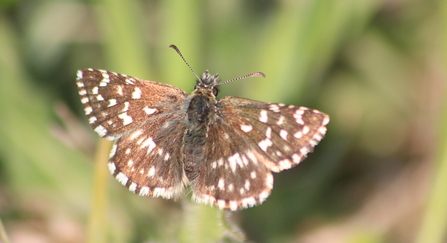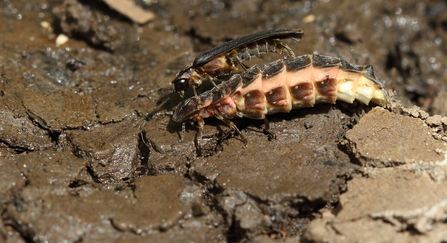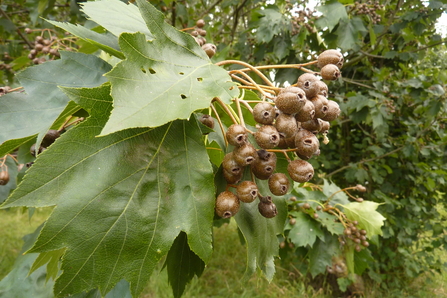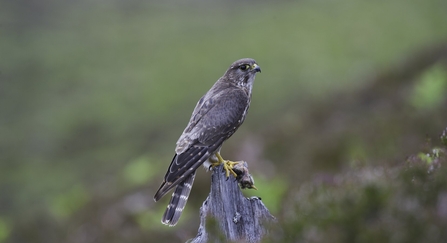Obviously, everything at Newdigate is a treasure, but these are a few less common, or less commonly seen, things that can be found here!
Treasure no. 1
My first Newdigate Treasure is the Grizzled Skipper, which flies in late spring. It is classed as Vulnerable on the GB Red List. Most sites in Surrey are further north on the Downs, but Newdigate is one of a few in the Weald. We recorded only the one, though, and must hope they pick-up next year. While on this subject, huge thanks go to two fellow volunteers, Vanessa Ramsden and Alex Patterson, who helped me with the Butterfly Monitoring Scheme transect over the summer.
The transect was walked 38 times between May and September, recording 26 species and counting over 1,200 butterflies. The late spring/early summer was quieter, but by July we were seeing many more: a peak of 88 Gatekeepers on 29 July. Prize observation goes to Vanessa for the single Clouded Yellow on 30 August. Butterfly Conservation say few came over to the UK in 2023, so we were lucky to get one. Even luckier that it initially landed on Vanessa’s recording pencil! I was deeply envious.





